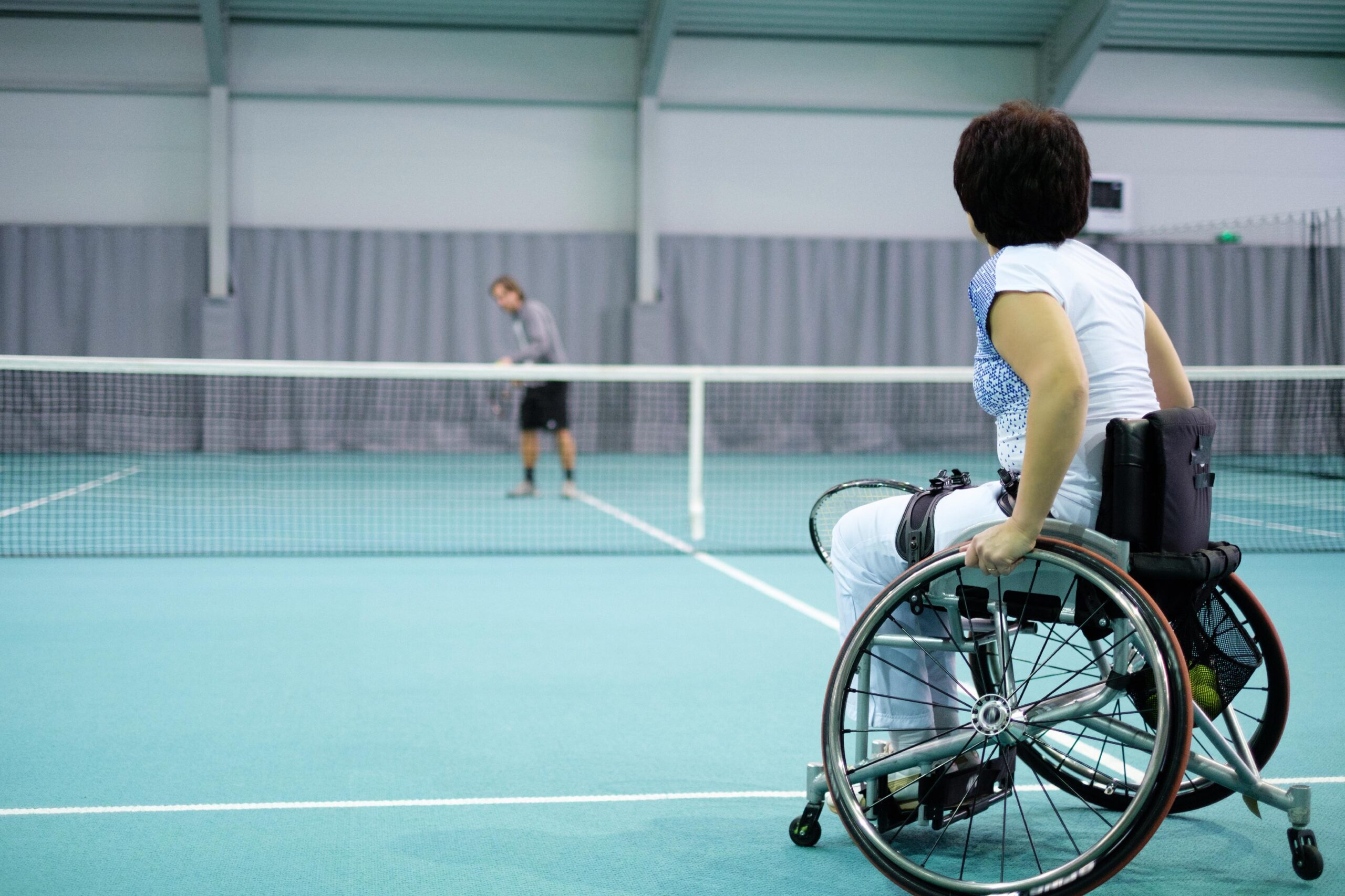Mobility aids play a crucial role in enhancing independence and quality of life for seniors, offering practical solutions to overcome physical challenges and maintain autonomy. As individuals age, they may face various mobility issues due to conditions such as arthritis, osteoporosis, or injuries that affect balance and strength. These challenges can limit their ability to perform daily activities and participate in social interactions, leading to decreased independence and a higher risk of isolation.
Enhancing Seniors’ Independence through Mobility Aids
Here’s how mobility aids contribute to improving independence for seniors:
1. Enhanced Physical Mobility
Mobility aids such as canes, walkers, and wheelchairs provide stability and support, allowing seniors to move around safely. For those with balance issues or weakness in their legs, a cane can significantly reduce the risk of falls by providing additional stability while walking. Walkers offer more substantial support and often include features like seats and storage compartments, enabling users to rest when needed and carry personal items.
Wheelchairs are essential for seniors with more severe mobility impairments, offering the freedom to move independently over longer distances. Modern electric wheelchairs provide even greater autonomy, allowing users to navigate both indoor and outdoor environments with ease. These aids enable seniors to continue engaging in activities such as shopping, attending events, or simply taking a stroll in the park, thereby maintaining a sense of normalcy and independence in their daily lives.
2. Safety and Fall Prevention
One of the primary concerns for seniors is the risk of falling, which can lead to serious injuries and a loss of confidence in their ability to move independently. Mobility aids significantly reduce this risk by providing stability and support, particularly on uneven surfaces or in unfamiliar environments. For instance, walkers with sturdy frames and ergonomic designs offer reliable stability on various terrains, giving seniors the confidence to navigate their surroundings without fear of falling.
Additionally, mobility aids like grab bars and handrails installed in homes and public spaces provide crucial support in bathrooms, staircases, and other potentially hazardous areas. These adaptations promote safety and independence by reducing the likelihood of accidents and ensuring that seniors can move around their homes comfortably and securely.
3. Maintaining Active Lifestyles
Remaining physically active is essential for seniors to maintain overall health and well-being. Mobility aids facilitate participation in exercise programs, recreational activities, and social outings, which are vital for mental and emotional health. Lightweight and portable aids such as portable ramps or scooters enable seniors to access public spaces and participate in community events, fostering a sense of belonging and reducing social isolation.
Moreover, specialized mobility aids such as adaptive bicycles or modified exercise equipment cater to seniors with specific mobility challenges, enabling them to engage in physical activities that promote cardiovascular health, strength, and flexibility. These opportunities not only improve physical fitness but also contribute to a sense of purpose and fulfillment, enhancing overall quality of life for seniors.
4. Promoting Independence in Daily Activities
Mobility aids extend beyond physical mobility to support independence in daily activities such as dressing, cooking, and grooming. For instance, reaching aids and dressing sticks enable seniors to retrieve items from high shelves or put on clothing without assistance, promoting self-reliance and preserving dignity. Similarly, mobility scooters equipped with baskets or compartments allow seniors to shop for groceries, run errands, or attend appointments independently, reducing reliance on others for transportation.
Adaptive technologies such as stairlifts or elevators provide access to different levels of a home or building, ensuring that seniors can navigate their living spaces comfortably and safely. These innovations empower seniors to maintain control over their daily routines and make choices that align with their preferences and abilities, reinforcing their sense of independence and autonomy.
5. Psychological and Emotional Well-being
Maintaining independence through the use of mobility aids has significant psychological benefits for seniors. It promotes a positive self-image and a sense of accomplishment, as individuals can continue to perform tasks and participate in activities that are meaningful to them. This sense of control over one’s life contributes to improved mental health, reducing feelings of helplessness or frustration that may arise from mobility limitations.
Furthermore, mobility aids facilitate social engagement by enabling seniors to participate in family gatherings, community events, and outings with friends. By staying connected to their social networks and maintaining relationships, seniors experience reduced loneliness and isolation, which are common concerns in aging populations. Active participation in social activities promotes cognitive stimulation and emotional well-being, enhancing overall quality of life as individuals age.
Wrap Up
In conclusion, mobility aids play a vital role in enhancing independence for seniors by addressing physical limitations, promoting safety, facilitating active lifestyles, supporting daily activities, and fostering psychological well-being. These aids empower seniors to maintain autonomy, engage in meaningful activities, and continue living fulfilling lives as they age. By investing in accessible and supportive technologies, society can contribute to the dignity and quality of life of older adults, ensuring that they can age with grace and independence.

